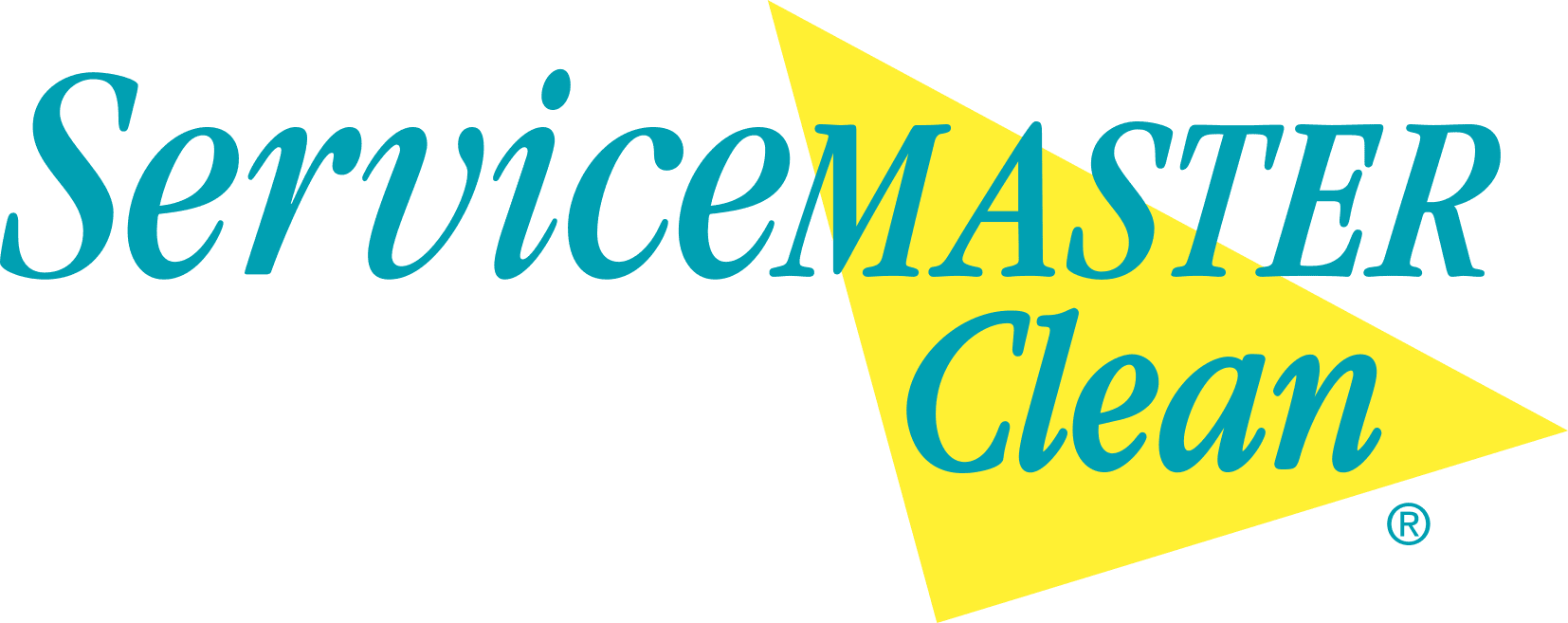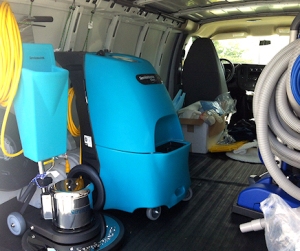Complaints Into Compliments: How Scotchgard Met a Strata’s Expectations
During a recent staff meeting, one of our technicians told the following story:
“I’m doing a carpet maintenance program at a building downtown. They have called to complain about their lobby carpet outside of the elevator being dirty several times. It is a high traffic area; people are bringing their bicycles and garbage out through there, so it always looks dirty.
I’ve gone back to re-clean and re-clean, but the area out front always looks dirty. So, I was getting really frustrated, always going back. Then I went in, roto-scrubbed the carpet, steam extracted it with the truck mount, bonnet cleaned it after, got the carpet looking really good and clean. Then, I put Scotchgard down. I didn’t even tell them, I just put it on the carpet.
They don’t call me anymore.
Now out front the carpet looks really good. When I go in and do the maintenance, there are a couple of spots or stains but they just come right out. It was worth it for me to cover the expense myself. It saved me going back over and over, and the customer is happy now.”





